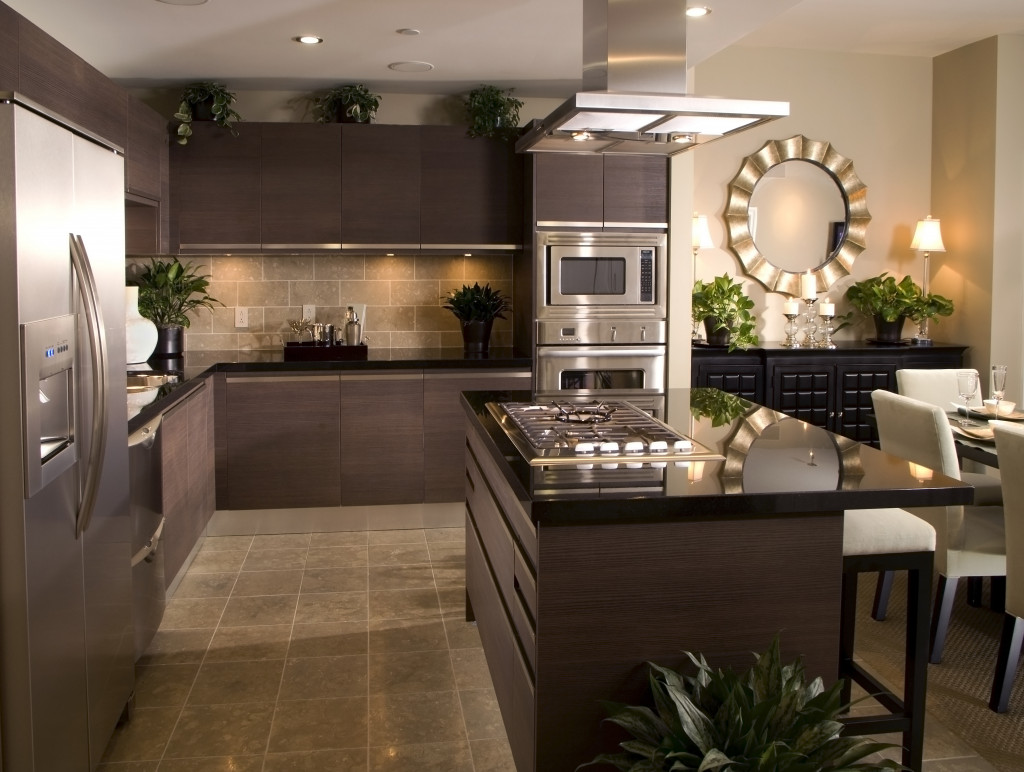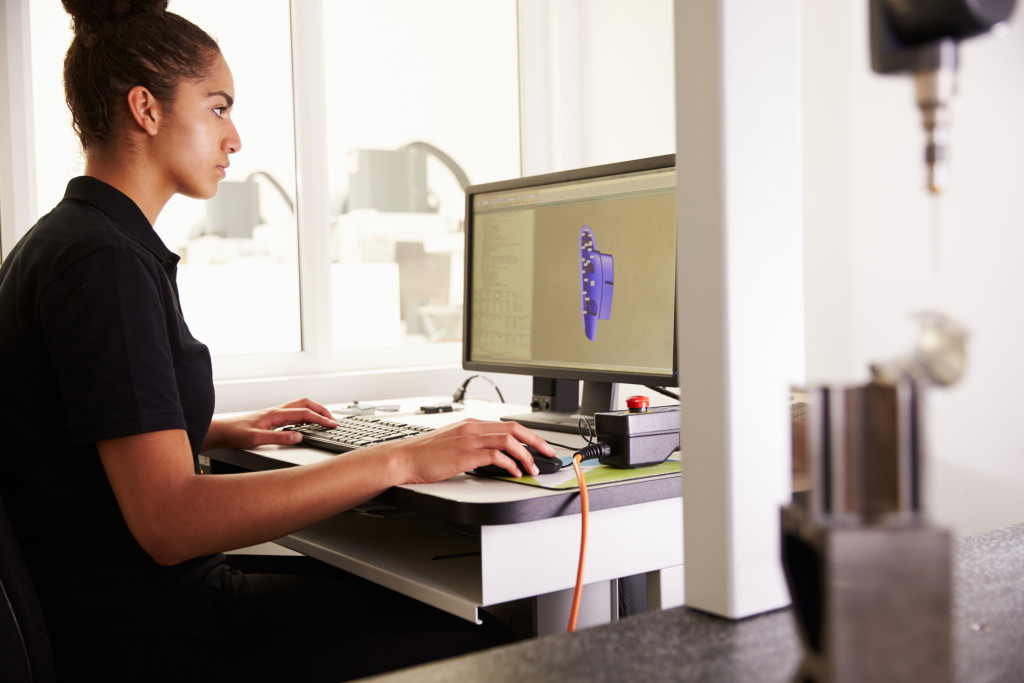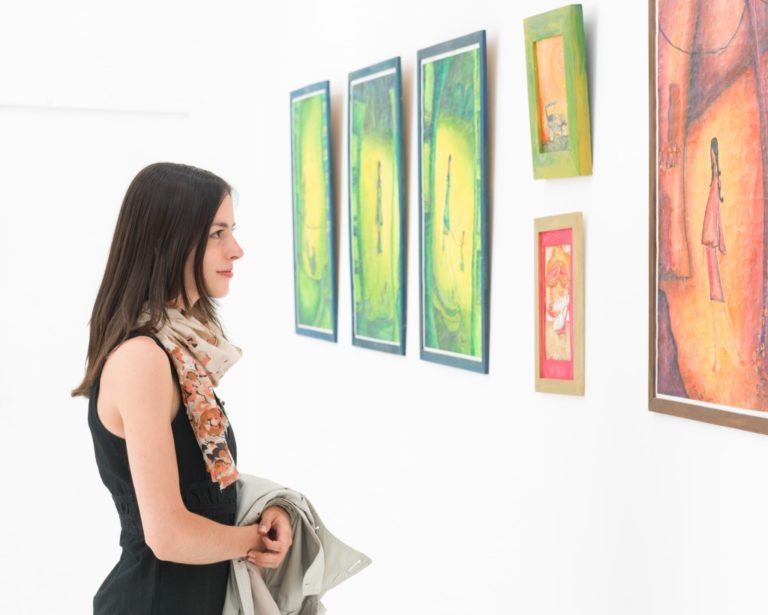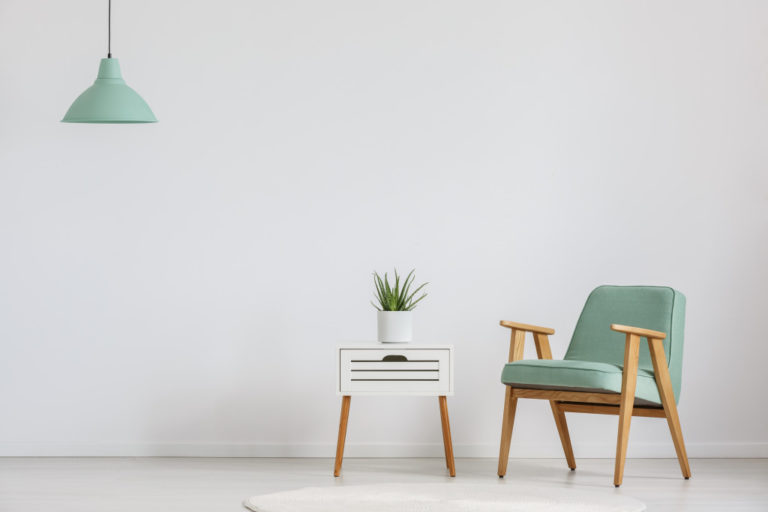People often carry the misconception that interior design is an easy skill to pick up, but underneath the pretty colors and decorations, a lot of effort, time, and knowledge is poured into making a space equally functional and aesthetic. As a result, interior design skills are improved through experience and new insights, a craft that isn’t easily trained through practice because projects are always under budget constraints and strict deadlines.
Luckily enough, building up a portfolio of work from one renovation to the next house design plan isn’t your only means of learning something new, so if you want to get better at interior design — look at it from different perspectives. You see, the job description for interior designers is multi-faceted by nature, and because you’re not strictly piecing a design puzzle together, you must account for all the other angles that could give you an edge when working on your next project.
#1 Don’t Lock Yourself In A Box
Sometimes, we get too engrossed with a specific design plan or theme that we end up boxing ourselves in and only focusing on what’s in front of us. However, this causes you to have tunnel vision which is extremely destructive to any interior design project because it disturbs the balance of a space and often results in something askew to a client’s expectations. So, be open-minded and value the input of other professionals.
-
Study And Reference Other People’s Work:
Firstly, one great way to spend your free time or in-between project recesses is by studying and referencing other people’s work from interior design books or magazine releases. For example, you could be introduced to a more eclectic style of matching furniture that uses vinyl decorating walls to create contrasting colors, an idea that could work for a client looking for something extravagant and non-traditional. Plus, a firm grasp of home renovation trends and design concepts never hurt anybody.
-
Learn To Communicate With Your Clients:
Secondly, let’s not forget that interior design is still service-oriented, so you don’t want to go full-blown expressive with your design choices unless your client states otherwise. Communication is key to making something beautiful and satisfactory of customer’s expectations, so practice talking and discussing design plans with them to avoid unnecessary stumbles and setbacks along the way. Furthermore, communication skills, in general, are always good to have because they make work a lot easier.
#2 Take Advantage Of New Digital Tools
Besides taking in the comments, references, and professional opinions of other third parties and the clients themselves, another way of improving your interior design skills is by taking advantage of new digital tools available today. Blueprints and renders have come a long way over the past few years, and with much stronger computing power and graphical detail, you get to see, fix, and resolve problems on the computer before even starting the project itself.
-
Take A Refresher Course On CAD:
Learning the ins and outs of CAD and your choice of software is a fundamental skill to interior design because these applications help actualize your ideas into a congruent thought. So, if you’ve become rusty with some of the more technical competencies for the interior design field, taking a refresher course on CAD can help widen your horizon. Plus, it keeps you up to date with what’s new and what’s to come next.
-
Interact With Your Design Plans In VR:
Virtual reality and the creation of the metaverse is becoming increasingly popular by the day, and given Meta’s unwavering presence this Christmas, it just comes to show how digital reality is changing. And, in terms of working with your designs on a virtual space, there are actually multiple platforms and applications that support interactive walkthroughs of blueprints, with some already becoming industry standard. So, to not feel left behind the times, try incorporating VR into your workspace too.
#3 Expand Your Range Of Soft Skillsets
Last but not least, it’s important to remember that putting plans into motion and completing interior design projects are more than just brainstorming and finalizing blueprints because overseeing and managing the team is equally crucial to getting the job done. Therefore, if you want to improve your interior design skills, expanding your range of soft skills is necessary to cover all dimensions required of the profession.
-
Problem-Solving And Project Management:
No matter how much time you spend planning beforehand and accounting for the most likely issues to run into, designing a space will always find a way to introduce new challenges. And whether’s that working around through plumbing, double-checking clearance in the walls, or seeing if teardown is even possible given structural integrity, you want to train your problem-solving and project management skills. So, don’t falter at the first sign of resistance but use creativity to your advantage.
Finding Your True Inner Potential
Interior design is tough work, and because you’re working both in front of a screen and moving on-site, becoming better and building a credible portfolio can be really demanding. However, if you put at least two or three of the advice above to good use, we can guarantee that you’ll become a lot better and more resilient in no time.














